Rediscovering the Quipu: The Textile Art of Cecilia Vicuña
Cecilia Vicuña has made a lifelong mission to reinvent the quipu, (meaning ‘knot’ in the Quechua language) an ancient system of coloured, knotted threads from the Andean mountains, once used for keeping records, telling stories, recording communal rules, and even writing poems. Throughout her career, which has spanned more than five decades, she has produced many hundreds of these threaded sculptures, in galleries, forests, under the ocean, and even mountaintops, exploring how they can continue to be used as a language for reflecting on pertinent socio-political issues. In doing so, she keeps alive what would otherwise be a long-forgotten Indigenous heritage.
Vicuña was born in Santiago, Chile. Creative from a very young age, and growing up in a family of artists, her path seemed almost predetermined, as she recalls, “My mother says that I was drawing and painting before I could speak – like every child but the difference is that because I was in a family of artists I was provided with materials.” An awareness of women’s rights slowly grew in the artist as she approached adulthood, after observing the issues faced by the dominant women in her own life, she remembers, “Both my grandmothers and my mother had this tremendous frustration at not being able to be what they really were. I sensed that like an animal force within me. The minute I heard that there was something called feminism I knew I was one of them. The liberating force was tremendous.”
Vicuña trained as an artist at the Escuela de Bellas Artes, Universidad de Chile, Santiago, followed by a spell of study at the Slade School of Art in London. During the 1970s she fled Chile for good in the wake of the military coup against Salvador Allende. Eventually she made her way to New York, and today she lives between Chile and New York.
As early as the 1960s, Vicuña began working with the quipu form, an interest which she believes came from her family. She said in a recent interview, “I had an aunt who was a wonderful sculptor… Her name was Rosa Vicuna and her passion was pre-Columbian art. I am sure I must have encountered the notion through her.” Her modern take on the ancient form of communication is to protest against environmental or societal issues, including women’s rights, with soft sculptures that have a striking, visually arresting presence.
While she has been making art prolifically since this time, it is only in recent years that the artist has begun to receive widespread, international recognition. In 2017, she displayed Quipu Womb (The Story of the Red Thread) at Documenta 14, in Athens’ Greece, a colossal installation made from long strands of knotted, blood-red wool, suspended from the gallery ceiling. Referencing the process of menstruation, her sculpture was a celebration of women’s life-giving power, while simultaneously connecting Andean and ancient Greek mythologies.
Collaboration and performance have played key roles in the artist’s practice over the decades, and she brought together these strands of interest in 2019 with Living Quipu, 2019, staged at the Museum of Fine Arts, Boston, in which gallery visitors are wrapped in wool and fabric to create an immersive social sculpture.
More recently, Vicuña’s Brain Forest Quipu, made for Tate’s Turbine Hall in 2022, is made from pale, ethereal materials including wool, plant fibres, and rope, which cascade from ceiling to floor in long, thin rivulets, hanging like a curious, skeletal forest which visitors can walk through. She has called this particular installation an act of mourning for the destructive forces of climate change, as well as the violence Indigenous people have faced. White, bleached out materials recall trees destroyed by drought or fire, while interwoven elements dredged up from the banks of the River Thames speak of the waste we continue to spill out into our natural resources. However, she also believes that not all is lost, using her art as a moment of reflection and contemplation, a chance for us to consider our deeply rooted relationship with nature. She says, “The earth is brain forest, and the quipu embraces all its interconnections.”





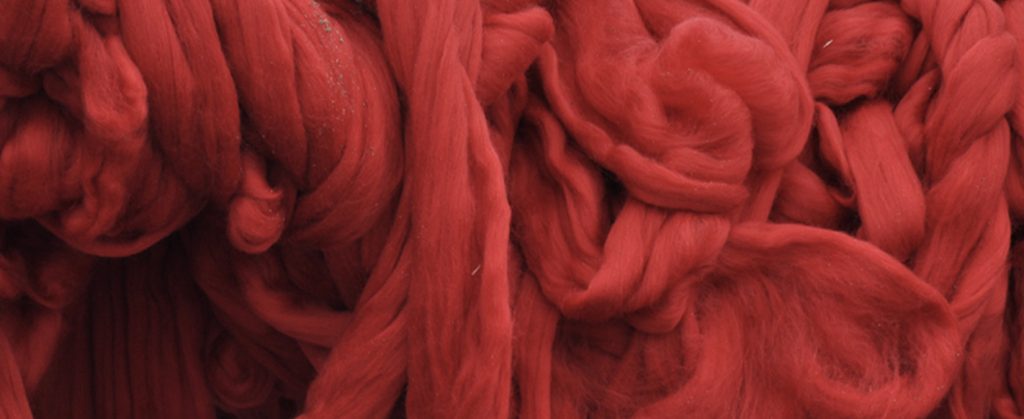
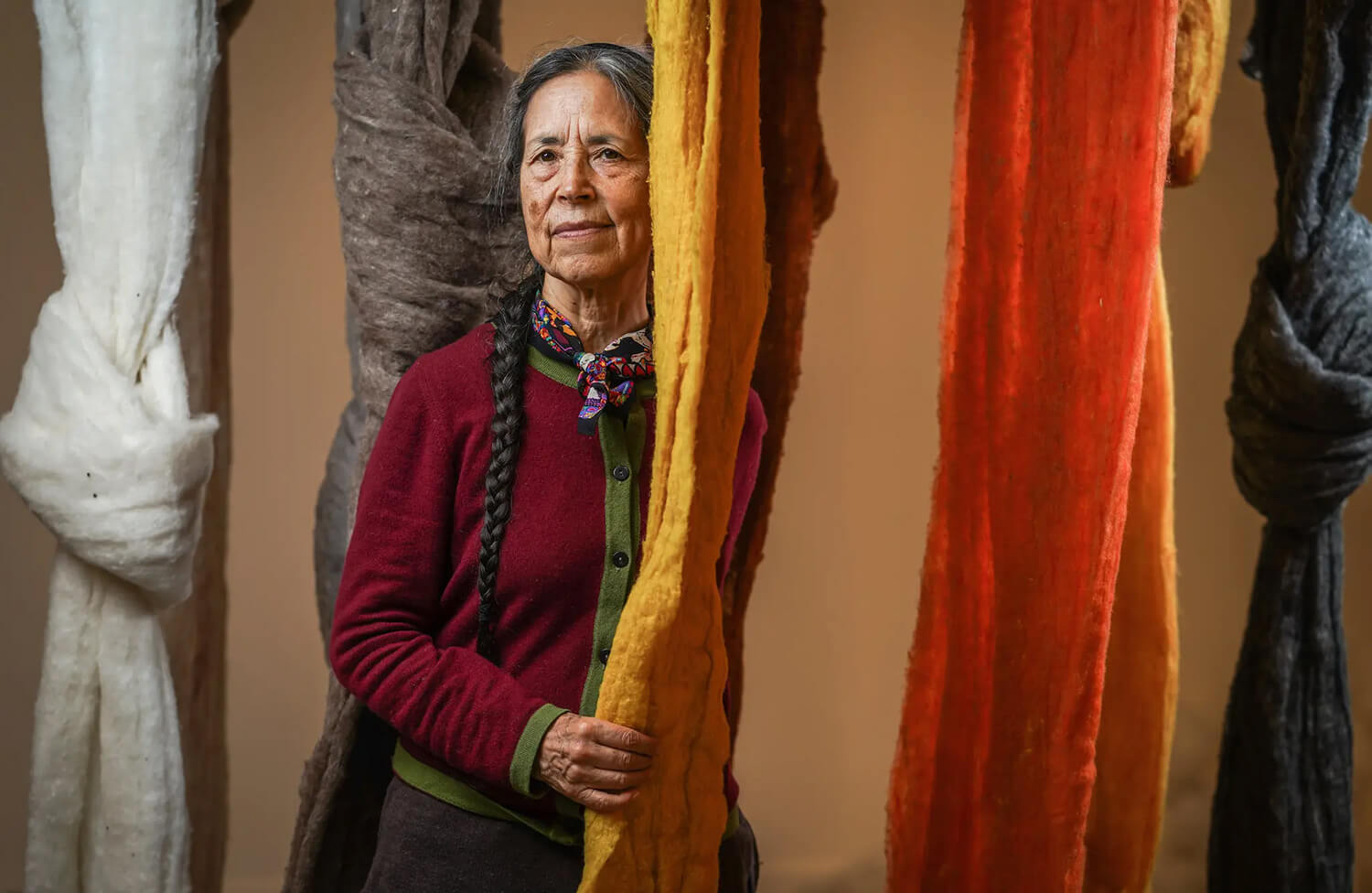
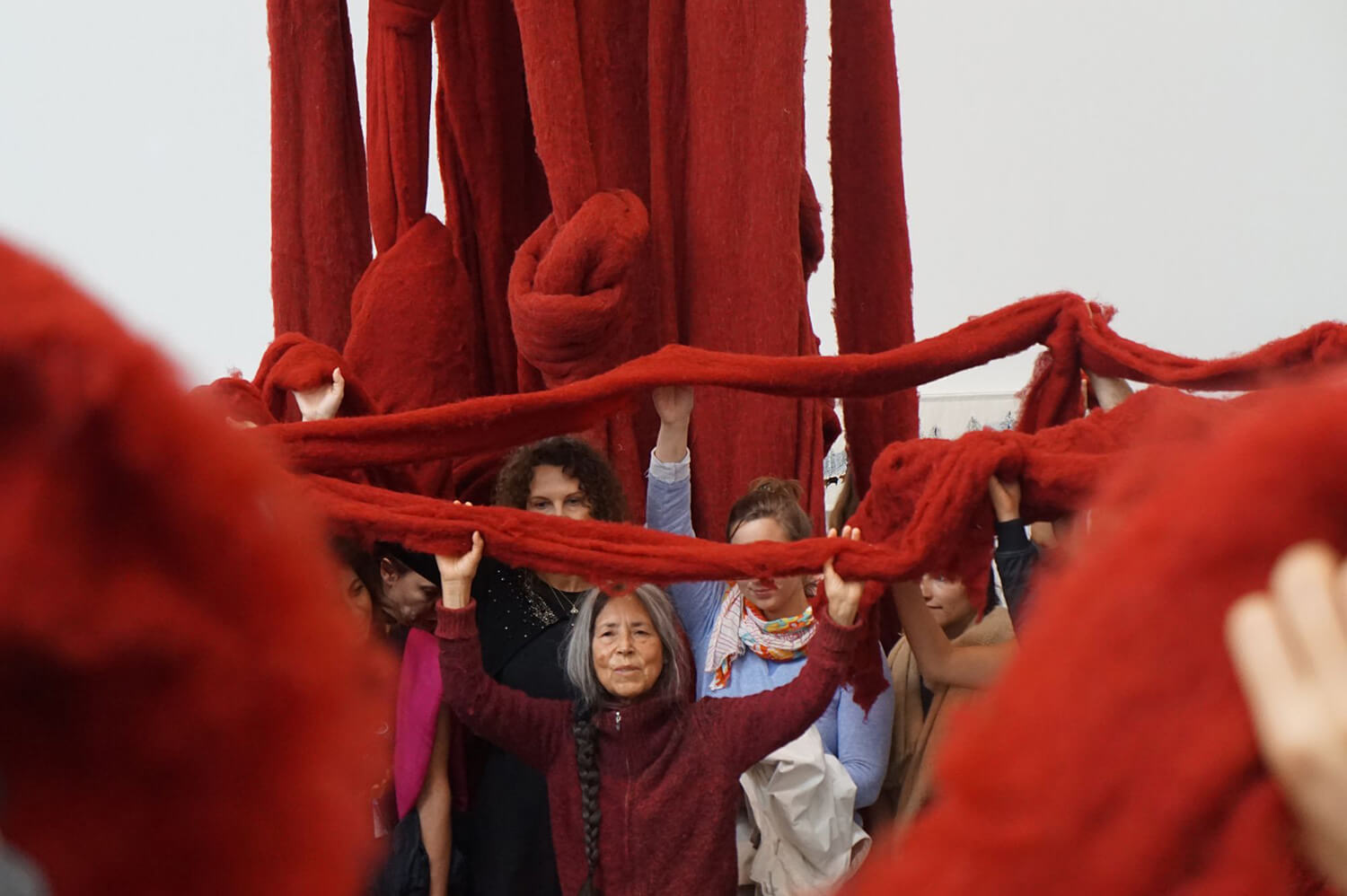
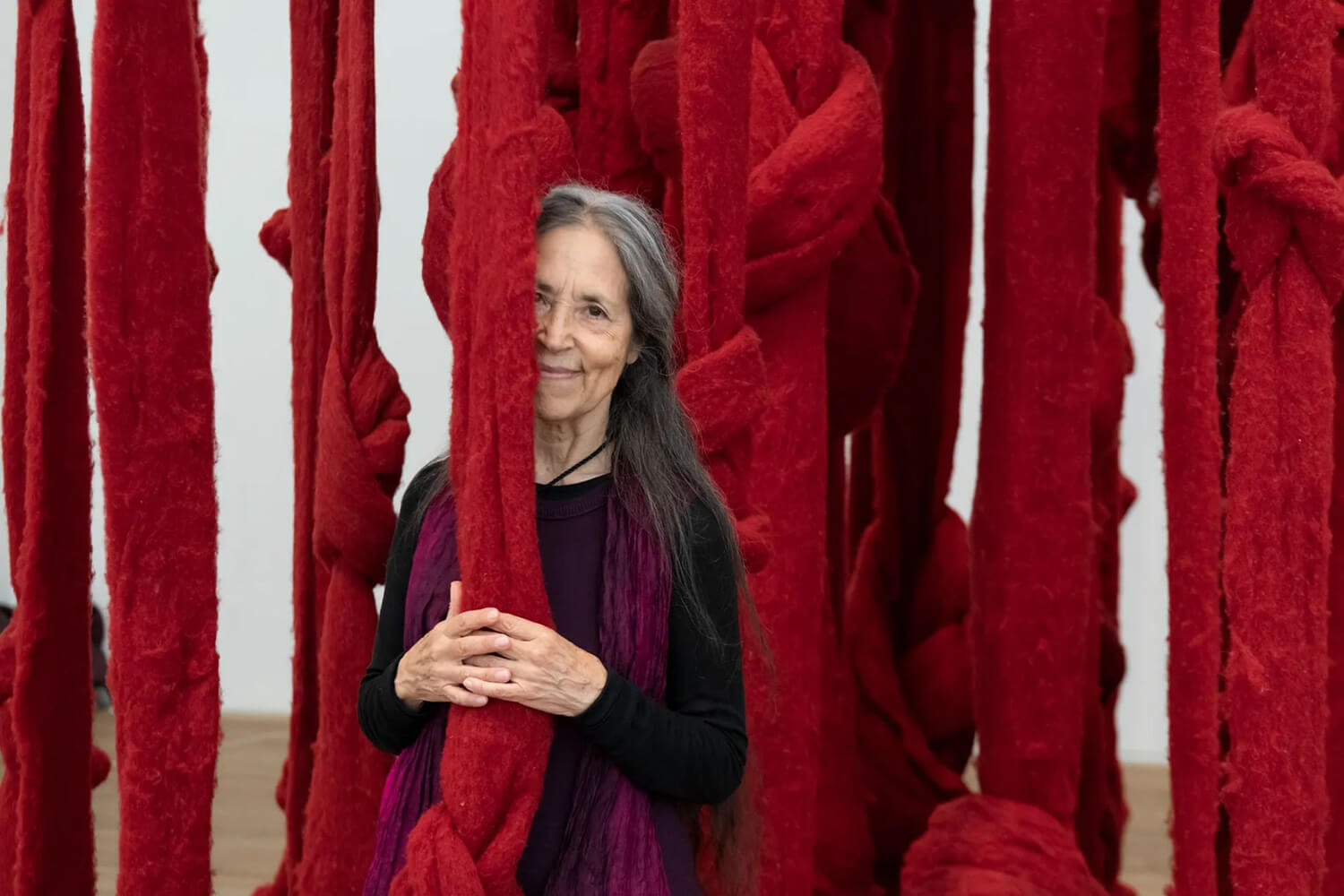
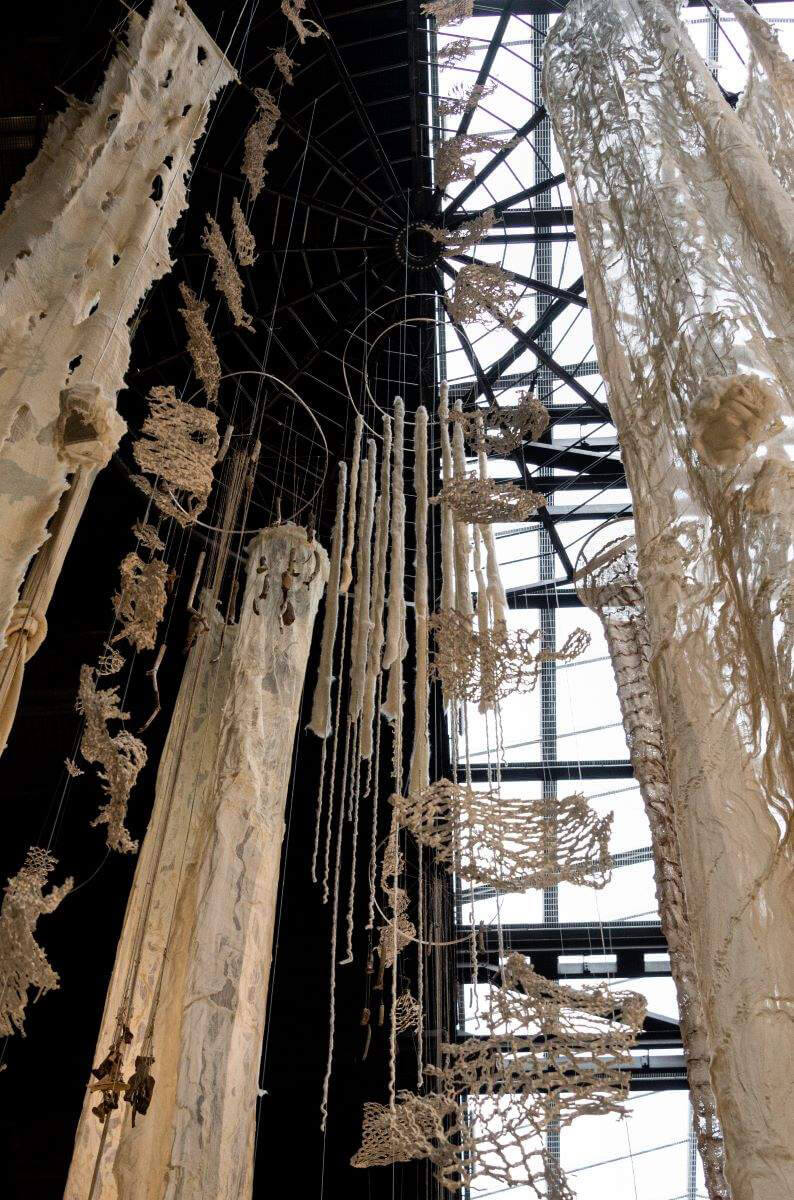
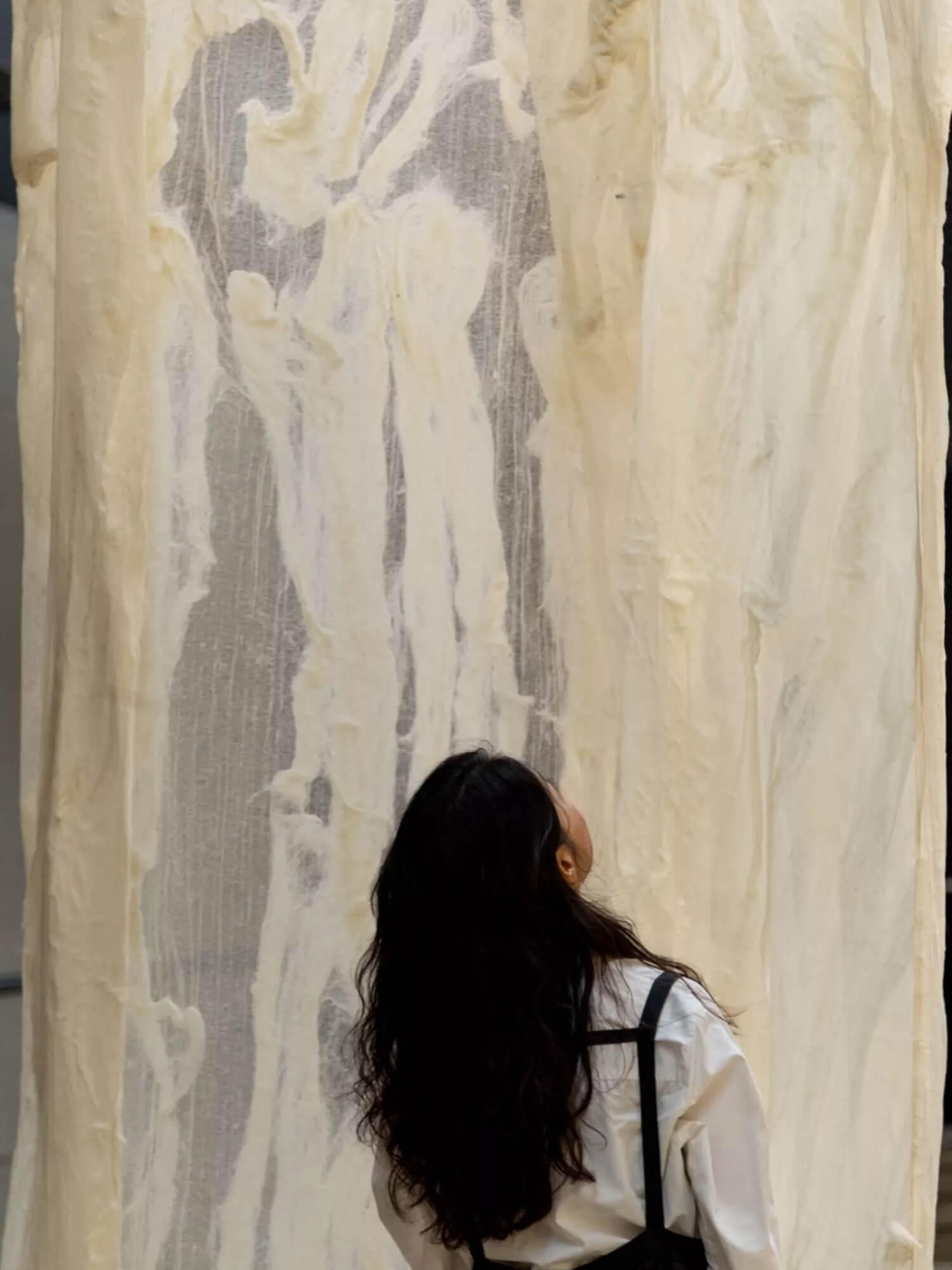
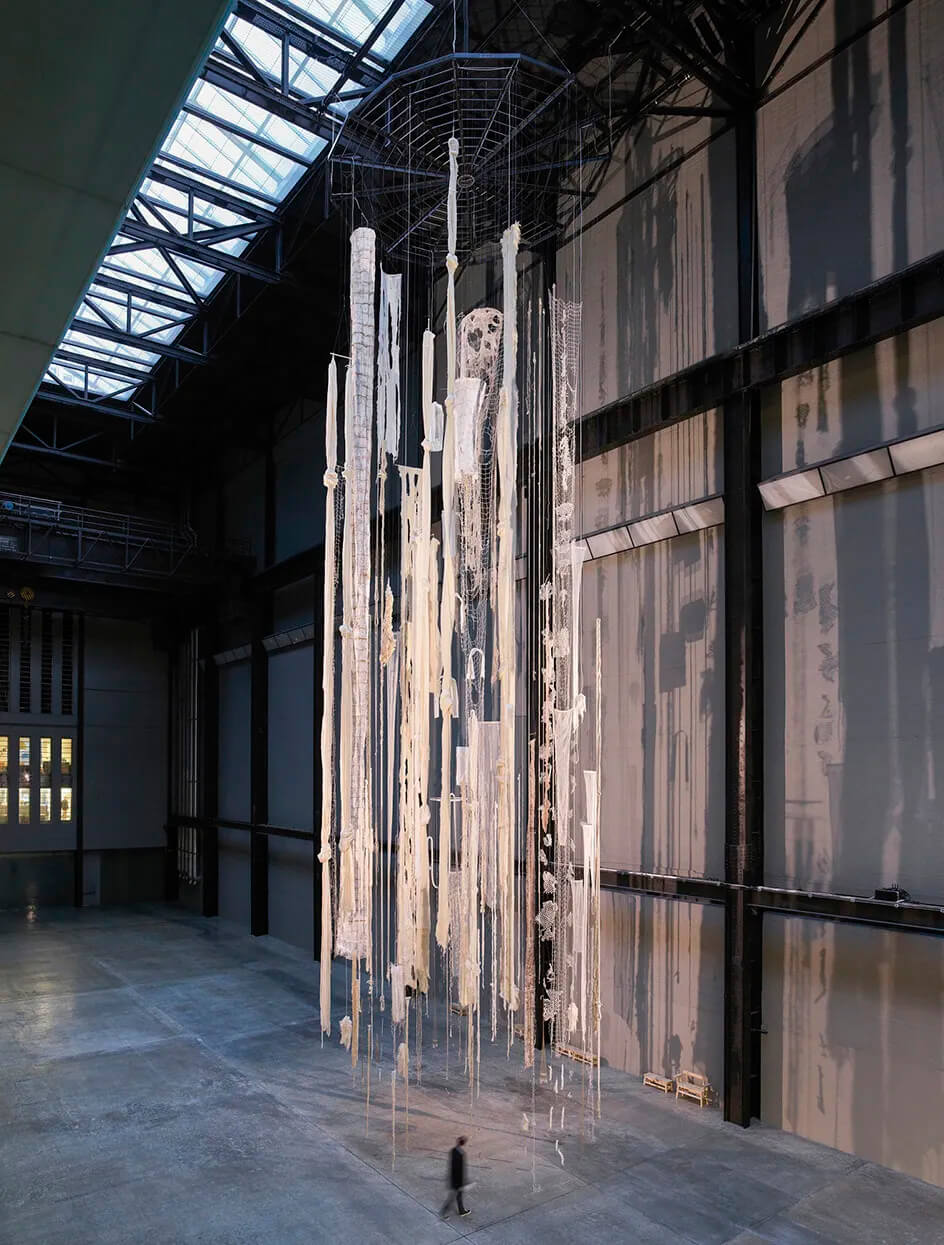




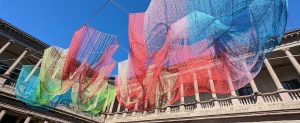



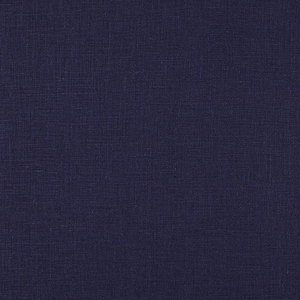





















One Comment
Mary Bradley
Rosie, I think. you should compile all of your fabulous articles and beautiful photos into a large format book. I would love to be able to flip through a real book and not have to scroll on my laptop, plus they would make such a wonderful gift – I already know who I would give 10 of them to. Please consider- I am a big fan of your articles. Keep writing- thank you!